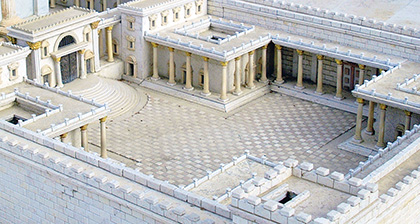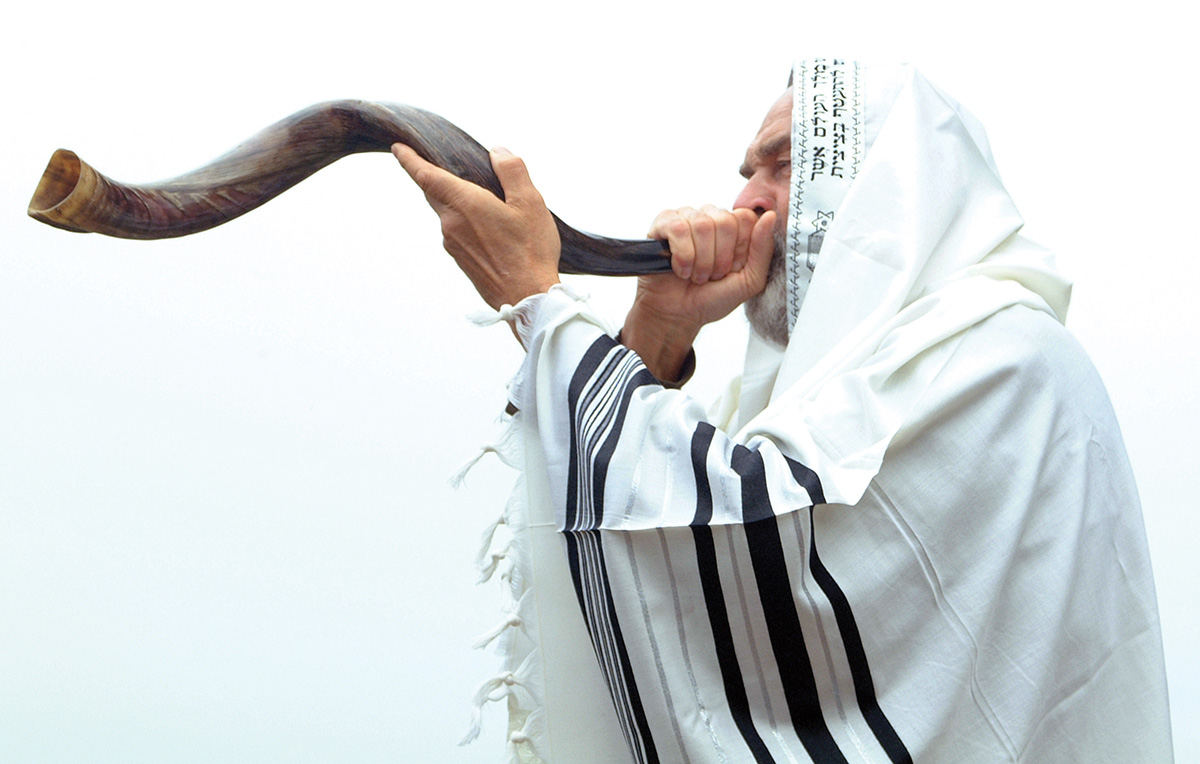
A WIDOW’S GIFT AT THE TEMPLE TREASURY
LUKE 21:1–4
We do not know her name. So far as we can tell, she never exchanged a word with Jesus. Her entire story is related in less than seventy-five words, but in those words Jesus spoke of this generous woman as a shining example of faith. “I tell you the truth, . . . this poor widow has put in more than all the others. All these people gave their gifts out of their wealth; but she out of her poverty put in all she had to live on” (Luke 21:3–4). This happened in the Temple treasury, also known as the Court of Women.14
The Court of Women was the place where the faithful of God offered their coins in support of his Temple and for others in need of charity. Thirteen containers (Hebrew, shopharoth), each shaped like a long horn and each designated for a certain type of offering, were placed around this court to receive the coins.15 Those offerings acknowledged God as the giver of all good gifts and provided a forum in which the contributor could declare trust in his promises, particularly his promise to provide the necessities of life.
Thus the widow’s gift said something about her circumstances and her faith. Her very small gift was 100 percent of what she had to live on. During the time of the Gospels, the loss of a woman’s spouse meant more than the loss of her life’s mate; it also meant the loss of financial security, particularly when there was no son or family to help provide for her. A widow in such circumstances was almost certainly consigned to a life of poverty and was listed among the most vulnerable members of society (Deut. 10:18; 24:17–22; 27:19).

Jerusalem model—the Court of Treasury, also know as the Court of Women (view looking southwest).
© Dr. James C. Martin. Reproduction of the City of Jerusalem at the time of the Second Temple. (See full credit on page 4.)

A shofar. Thirteen containers (Hebrew, shopharoth), each shaped like a long horn (shofar), were dispersed around the Court of Women.

Jerusalem model—Court of Women. The poor widow entered the Court of Women where the treasury containers were kept.
© Dr. James C. Martin. Reproduction of the City of Jerusalem at the time of the Second Temple. (See full credit on page 4.)
The Lord had told Moses, when he was receiving offerings for the first tabernacle, that the gifts were to be received from those who wanted to give—those whose hearts prompted them (Exod. 25:2).16 The apostle Paul echoed this sentiment when he said to the church at Corinth, “If the willingness is there, the gift is acceptable according to what one has, not according to what he does not have” (2 Cor. 8:12), for giving was to be a matter of the heart (2 Cor. 9:7).
The widow’s gift in no way matched the size of the financial donations brought by the wealthy, but there was something special about her gift. The large offerings brought by others represented only a small percentage of what they had, so their donation did not represent much personal risk. This widow was already vulnerable, yet her heart was willing. She trusted God as she gave all the money she had. So there in the Temple treasury, Jesus commended her faith and her small gift when he said that she gave more than anyone else.

The lepton of Alexander Jannaeus is sometimes called the “widow’s mite.”